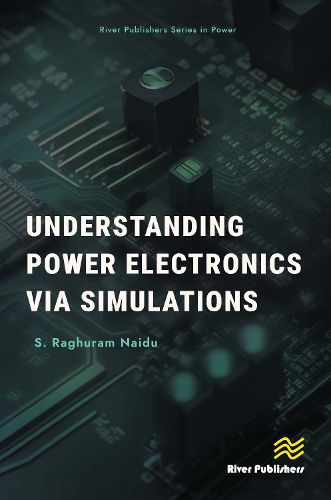Readings Newsletter
Become a Readings Member to make your shopping experience even easier.
Sign in or sign up for free!
You’re not far away from qualifying for FREE standard shipping within Australia
You’ve qualified for FREE standard shipping within Australia
The cart is loading…






This book introduces Power Electronics by emphasizing computer simulation using the Python programming language. It is primarily a senior undergraduate text but can also be used for a post-graduate course on DC-DC switch power mode converters. It is also a reference for practicing engineers.
Theoretical analysis of the circuits and approximate calculations precede the simulations, and the reader is taken by hand through the numerical analysis. Finally, when the programs are presented, they are simple and easy to understand. Python is a computational language that is easy to learn and has the libraries necessary for simulations.
The author has observed that students' interest in Power Electronics is enhanced when they learn to simulate the circuits without depending on a general-purpose program. This book encourages the reader to run the programs and perform numerical experiments. Quite a few simulations in the later chapters have been left as exercises for the reader. Many feedback control issues have been extensively discussed in the chapter on non-isolated DC-DC converters.
$9.00 standard shipping within Australia
FREE standard shipping within Australia for orders over $100.00
Express & International shipping calculated at checkout
This book introduces Power Electronics by emphasizing computer simulation using the Python programming language. It is primarily a senior undergraduate text but can also be used for a post-graduate course on DC-DC switch power mode converters. It is also a reference for practicing engineers.
Theoretical analysis of the circuits and approximate calculations precede the simulations, and the reader is taken by hand through the numerical analysis. Finally, when the programs are presented, they are simple and easy to understand. Python is a computational language that is easy to learn and has the libraries necessary for simulations.
The author has observed that students' interest in Power Electronics is enhanced when they learn to simulate the circuits without depending on a general-purpose program. This book encourages the reader to run the programs and perform numerical experiments. Quite a few simulations in the later chapters have been left as exercises for the reader. Many feedback control issues have been extensively discussed in the chapter on non-isolated DC-DC converters.